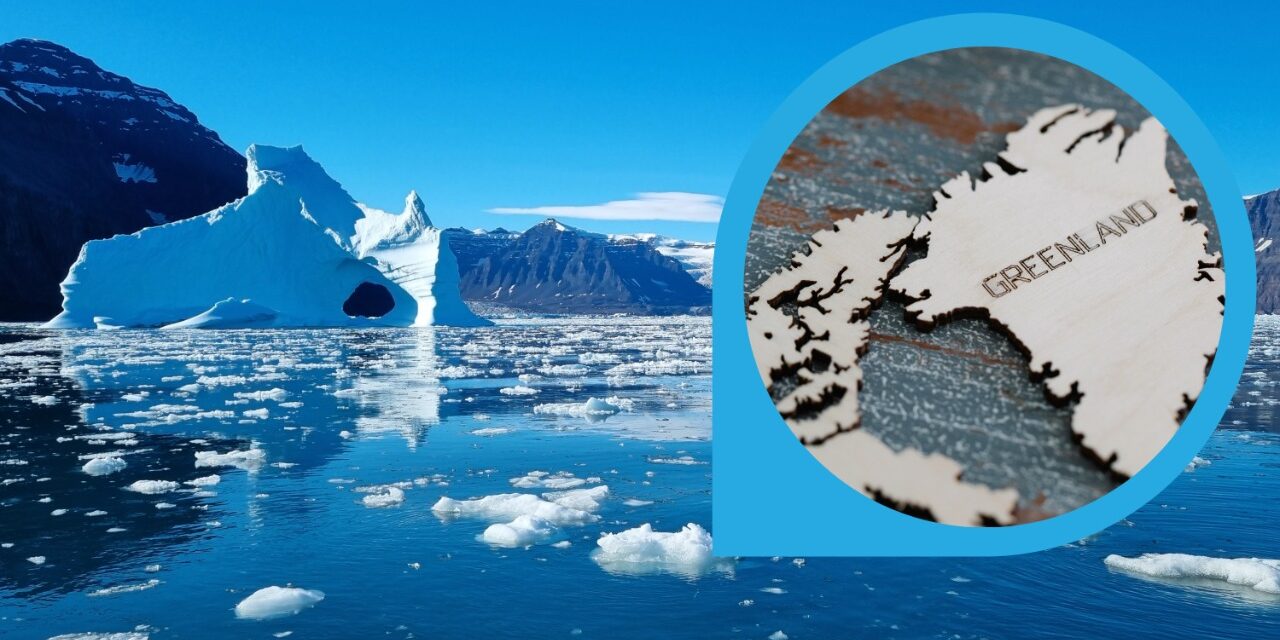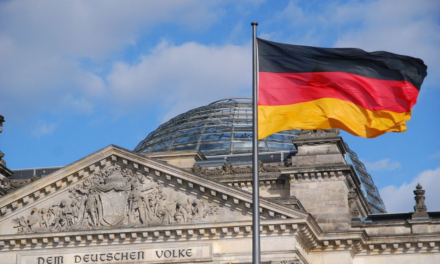A new estimate using sheet modeling suggests that Greenland’s snowfall rate in this century may be higher than in any other century in the last 12,000 years, when the last ice age ended.
Scientists used ancient climate reconstruction to run the model, and validated the model against the real-world measurement of modern and ancient ice sheets.
The study brought together climate models, ice core scientists, remote sensing experts and paleoclimate researchers. The team used an ice sheet model to estimate changes in the southwestern region of the Greenland ice sheet, which began 12,000 years ago at the beginning of the Holocene and lasted for 80 years to 2100 years had increased. The data for creating temperature and rainfall maps in the study area came from the Ice Core that was used to run the impressions of the ice sheet model until 1850, while other published climate data impresses after that date were used to run.
Infographic describing the results of the study. Photo: Bob Wilder / University of Buffalo Scientists tested the accuracy of the model by comparing the results of the model’s simulation to a historical measure. The modeling results closely match the data associated with the actual measurement of ice sheets produced by satellite and aerial surveys in recent decades, and with fieldwork indicating the ancient boundaries of ice sheets.
Nicholas Young, Associate Research Professor at LDEO, and co-author of LDEO, Nichols Young, says, “We built an extremely detailed geologic history of how the margin of the southwestern Greenland Ice Sheet moved through time by measuring beryllium-10 in boulders that sit on moraines,”
”Moraines are huge piles of debris you can find on the surface of the landscape that mark the ice sheet or the former edge of a glacier. The beryllium 10 measurement tells you how long Boulder and Moraines have been sitting, and therefore tells you when the ice sheet was in place and the boulder was collected. Surprisingly, the model presented a really good geographical reconstruction. This gave us confidence that the ice sheet model was performing better and giving us meaningful results. You can model everything you like and your model always gives the answer, but we need some way to determine if the model is working well.”
Holocene climate change is bound by episodic climate events such as the Little Ice Age (LIA) predicting the heat of the industrial age. However, their methods of dating and forcing have been controversial. More importantly, it is not certain whether previous events represent climate governments like the LIA.
Major climatic events have disrupted the intermittent period (Denton and Carlin 1973 Bond et 2001. Mowski et al. 2004; Wanner et al. 2011). Of the most interesting of these episodes is the latest, “Little Ice Age” (LIA), early instrumentation and documentary sources, and extensive evidence from a wide range of environmental proxies (Lamb 1995, Grove, 2004).
References
- Denton GH, Karlén W (1973) Holocene climatic variations: their pattern and possible cause. Quat Res 3:155–205
- Bond G, Kromer B, Beer J, Muscheler R, Evans M, Showers W, Hoffmann S, Lotti-Bond R, Hajdas I, Bonani G (2001) Persistent solar influence on North Atlantic climate during the Holocene. Science 294:2130–2136
- Mayewski PA, Rohling EE, Stager CJ, Karlén W, Maasch KA, Meeker LD, Meyerson EA, Gasse F, van Kreveld S, Holmgren K, Lee-Thorp J, Rosqvist G, Rack F, Staubwasser M, Schneider RR, Steig EJ (2004) Holocene climate variability. Quat Res 62:243–255
- Wanner H, Solomina O, Grosjean M, Ritz SP, Jetel M (2011) Structure and origin of Holocene cold events. Quat Sci Rev 30:3109–3123






Recent Comments